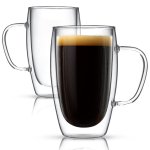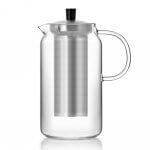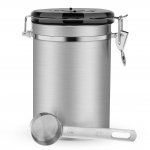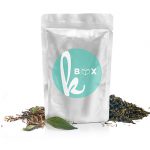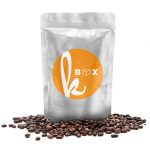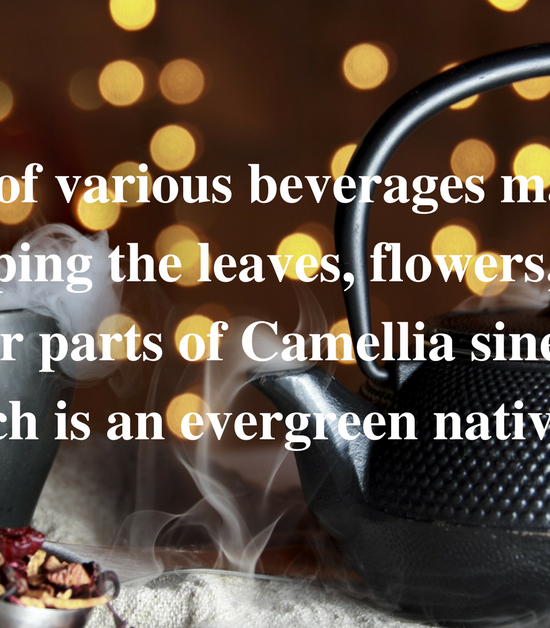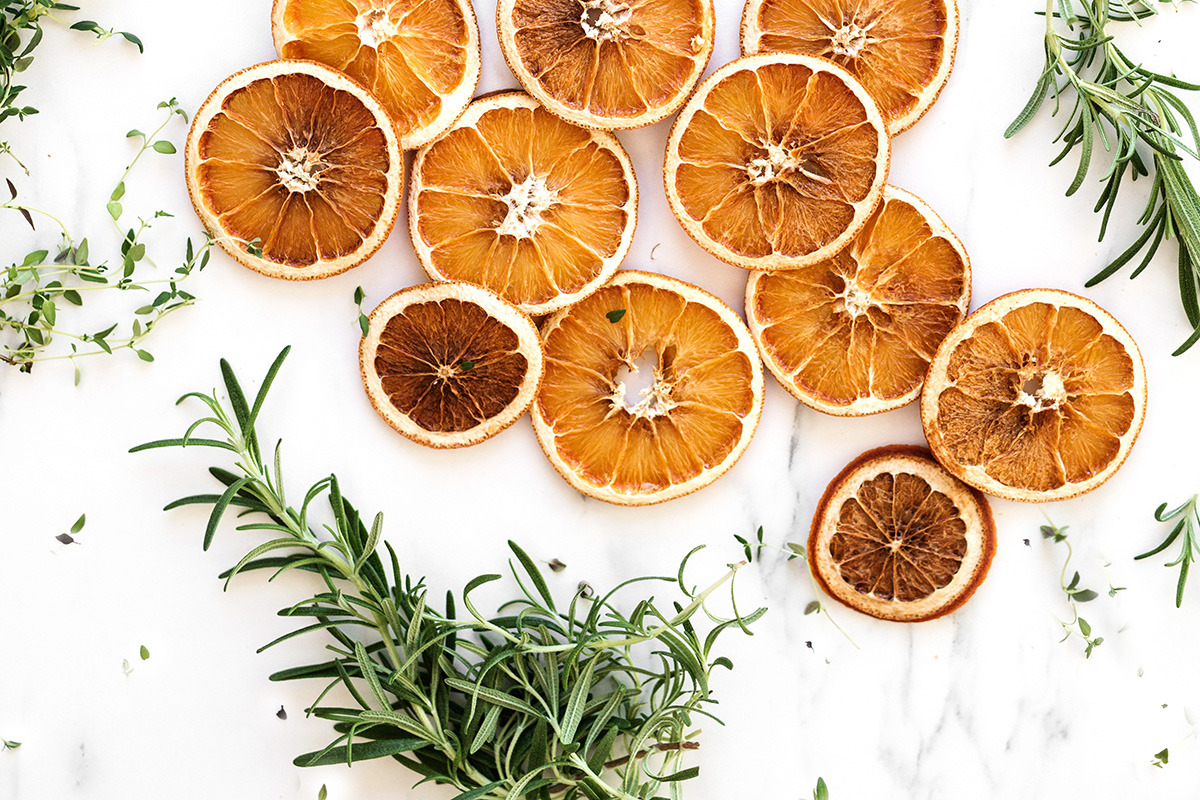
What Are Herbal Teas or Tisanes?
Did you know? The herbal tea you’ve been drinking is not really tea. It’s called a tisane (pronounced ti-zahn). Herbal teas or tisanes do not come from Camellia sinensis or tea plant. “Real teas” or those that come from the tea plant are white, black, green, and oolong tea. Tisanes, on the other hand, are infusions from leaves, barks, roots, flowers, seeds, fruits, and spices.
There are many different types of tisanes which are usually derived from the parts of the plant they come from. Some of the few examples are the following.
• Leaves – lemongrass, peppermint, rooibos
• Roots – ginger, turmeric, echinacea
• Fruits – peach, apples, berries
• Seeds/spices – anise, cardamom, fennel
• Flowers – hibiscus, chamomile, rose, lavender
• Barks – cinnamon, black cherry
At this point, it’s already established that a tisane is not tea, although you’ll most likely hear everyone call it a tea. Don’t worry, that doesn’t make tisane any less worthy because it actually tastes good when steeped properly. A lot of tisanes are known to have amazing health benefits too! There’s probably a herbal tea for every ailment. Just be sure to check with your doctor if you are taking any medications that might react negatively with the tisanes.

Here are some benefits of tisanes.
Peppermint – decongestant, anti-inflammatory, helps suppress appetite
Dried Ginger – has antihistamine properties, anti-inflammatory, eases motion sickness, flavor booster
Lemon balm – has calming effects, alleviates digestive problems, helps ease common colds, helps treat headaches and toothaches
Chamomile – helps treat sleep and stomach troubles, antibacterial
Hibiscus – helps lower blood pressure, high in vitamins, diuretic
Cinnamon – lowers cholesterol, fights viruses, increases antioxidants,
Rooibos – helps with skin irritations, contains cancer-fighting properties
Fennel – relieves indigestion, soothes stomach
Lavender – promotes calmness
Echinacea – improves cold, flu, and sinusitis symptoms
Lemongrass – relieves indigestion, bloating, flatulence, headaches, nervous exhaustion
There are also significant differences between tea and tisane. For one, all teas have caffeine while tisanes don’t. The preparations are also something to take note of. The steeping time for tea is generally shorter than that of tisane.
How to Prepare Tisanes
Infusion
For lightweight plant materials like leaves, flowers, and fruits, infusion is usually done. The preparation can be done in a variety of tools such as using a French press, ceramic or glass teapot, stainless steel pot, or bamboo infuser. Using an aluminum pot is never recommended because aluminum is a reactive metal. It can react with some types of plants, and may produce toxins in your drink.
To start the infusion, bring water to a boil then pour it into the herbs or tisanes. Let it sit covered for twenty minutes. Strain the herb, and choose to drink tea immediately or let it cool to room temperature or refrigerate. It’s pretty much the same with how you steep tea but with tisanes, it will take longer.
Decoction
For thick or hard plant materials such as barks and roots, decoction is the process. In this case, the tisanes are simmered (not steeped) in longer periods of time. The method is to place the plant materials in boiling water for 15-20 minutes to release more essential oils and flavors. Sometimes the barks and roots are smashed into pieces first to make it quicker and easier to simmer.

After infusion or decoction, you can still do the process again given that the plant materials still give off strong tasting tea. The brewing times and proportion vary because plants have different surfaces and densities. A general rule of thumb is: 1 teaspoon of dried, cut, and sifted herb, or 2 tablespoons of fresh herb per 8 ounces of water. If you’re keen in using the weight method, you can have .5-5 grams of dried herb, or herbal combination for every 1 cup of water.
Source: Preparing Medicinal Teas | Chestnut School of Herbal Medicine
Tisanes have several variety and types that the choices can be overwhelming. If you don’t know where to start, you can look at the most common types listed above. If you decide to purchase, most manufacturers include instructions for infusion or decoction.
A word of caution – Although there are so many claims about the health benefits of herbal teas, be proactive in doing your own research and asking the experts especially if you are trying to treat an ailment. It’s best to avoid teas with artificial flavorings. Organic ones are still better.
